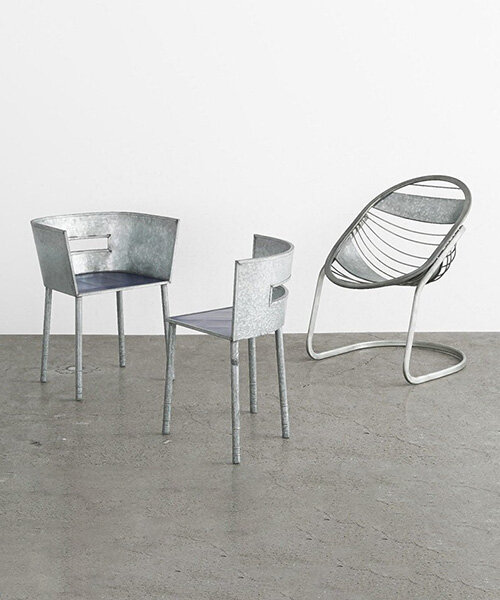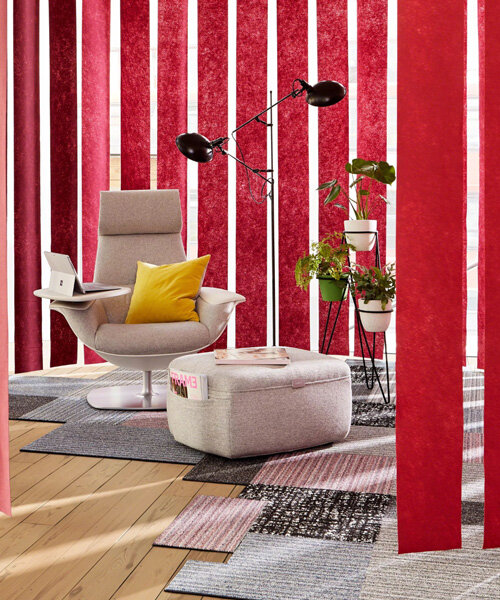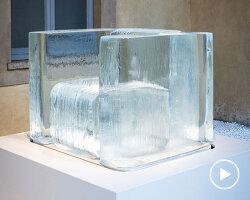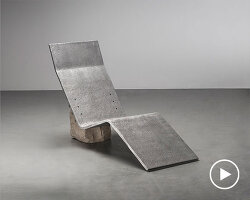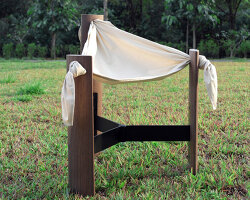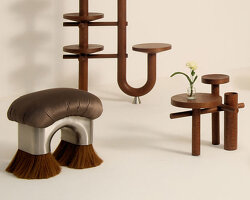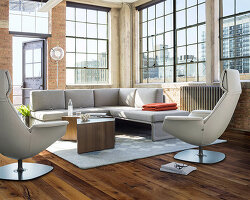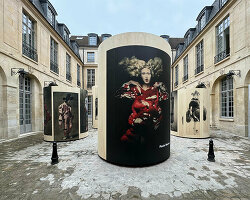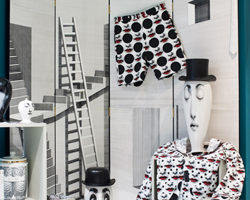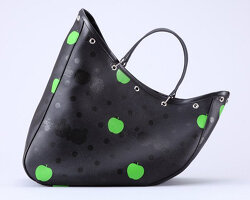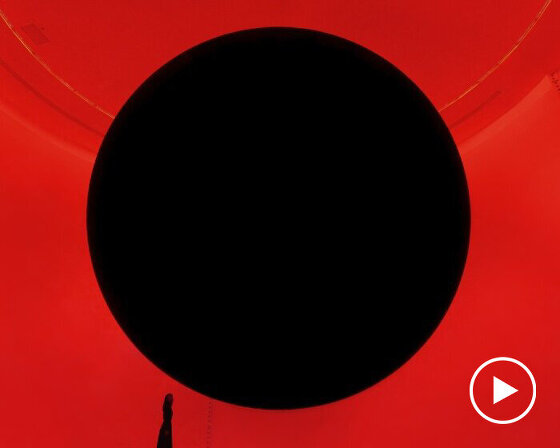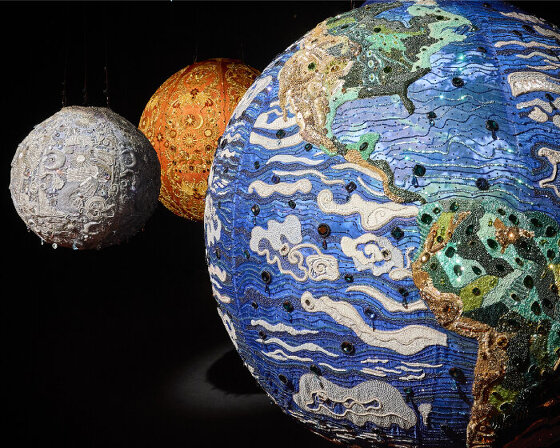a tiny exhibition of three rare tin chairs designed by fashion designer rei kawakubo just ended at design gallery LICHT in ikejiri ohashi, tokyo. born in tokyo in 1942, rei kawakubo founded the prêt-à-porter brand comme des garçons in 1963 after working as a freelance stylist. her avant-garde fashion style has impressed the world and kawakubo’s furniture oeuvre is also highly regarded in the fields of art and design.

image courtesy licht gallery
rei kawakubo collaborated on the design of her furniture with toshiaki oshiba and prototypes were mostly based on verbal descriptions. still today, kawakubo’s chairs – the materials and shapes that she adopted out of a momentary inspiration – have a unique appearance and continue to function as well as art pieces that transform the space.
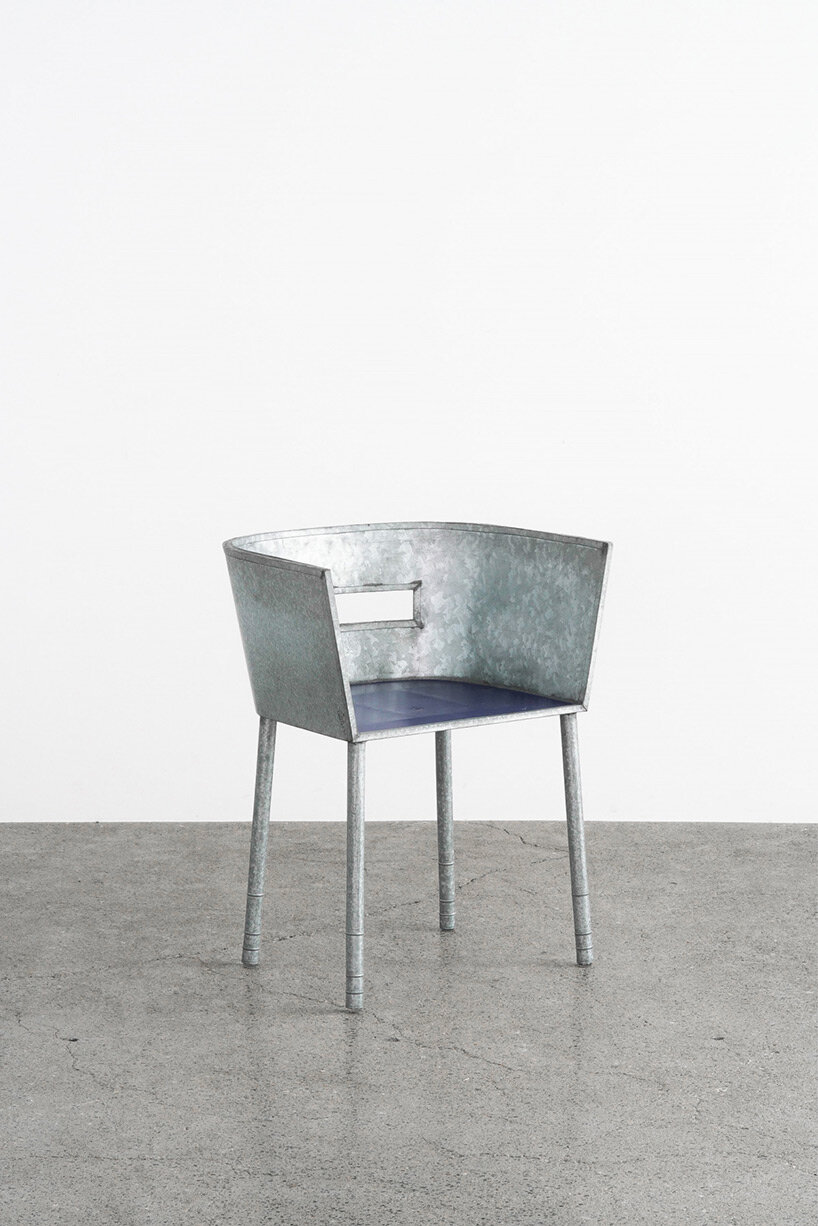
chair no 31, 1991
kawakubo is known as a fashion designer, but she also designed furniture for about 10 years from 1983 to 1993. the exhibition shows three chairs from the tin series (out of the circa 40 pieces of furniture she made during that period). kawakubo designed furniture because she could not find anything ‘quite right’, to install in her boutiques. ‘I wanted to create a complete environmental setting for my clothes,’ she says.
when rei kawakubo initially worked as a stylist, often she couldn’t find THE clothes she imagined for a shooting, so she prepared the clothes herself which was later partly the reason to start her own fashion collection. her furniture production also started for this very natural motive, and chairs were very important for the display of her clothes.

chairs no 29 and no 31, 1991
designed by rei kawakubo and made from flat, angled zinc-coated steel
rei kawakubo’s furniture has the same powerful force as her clothing designs. rather than embellishing fabrics with embroidery or appliques, she would have cut holes in them. the resultant rugged textures are echoed in her unpolished furniture materials. gray and black are the basic colors in both her clothing and furniture, emphasizing mostly on shapes. while the clothes wrap the body loosely and softly, the furniture is all severe, featuring an urban and almost brutal style of galvanized metal with hard edges. ‘I just wanted to create something fresh and new without the constraints of convention,’ kawakubo says.
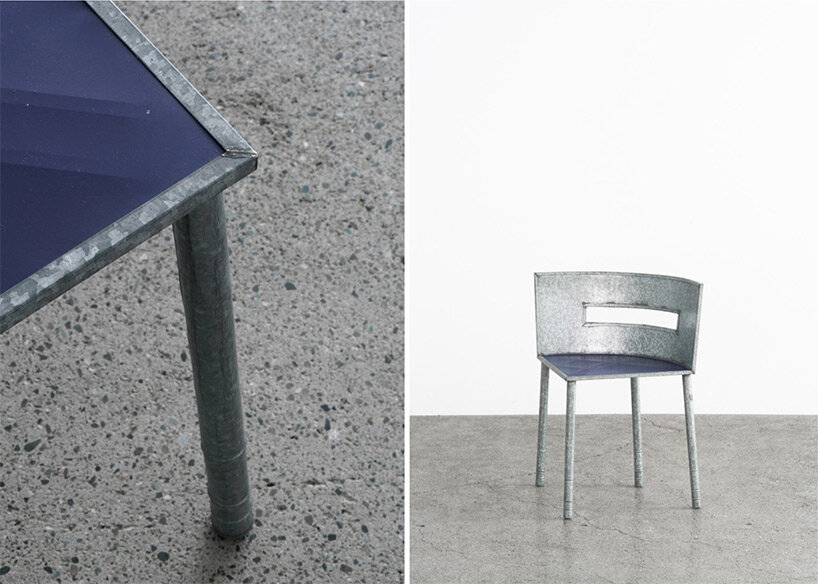
chair no 29, 1991
kawakubo began designing one-off chairs and tables in 1983 for her two shops in tokyo and paris and maintains that there is no division in her mind between designing clothes and furniture
at the end of the 1980s, she even opened a furniture store on the place du marché saint-honoré, which was quickly shuttered. kawakubo’s chairs have long been described as chain-link fences and cheese graters. ‘comfort should never be a consideration, should it?’ chair no 01 shows a wire mesh seat and is perhaps best described as ‘unforgiving’ – but that didn’t stop it being put into production by pallucco.
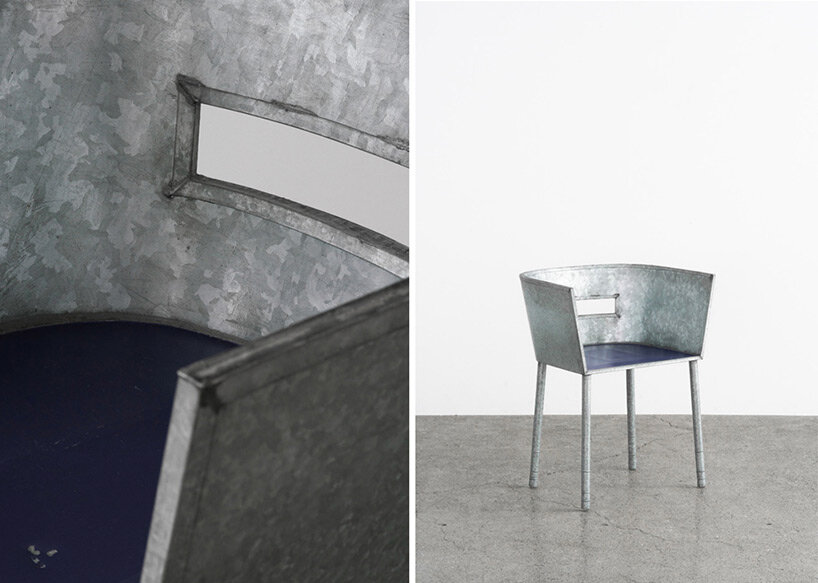
most of rei kawakubo’s furniture has been produced by the italian company pallucco. when an italian magazine editor encouraged her to license and distribute the pieces in 1986, she made a brief foray into limited-edition production.
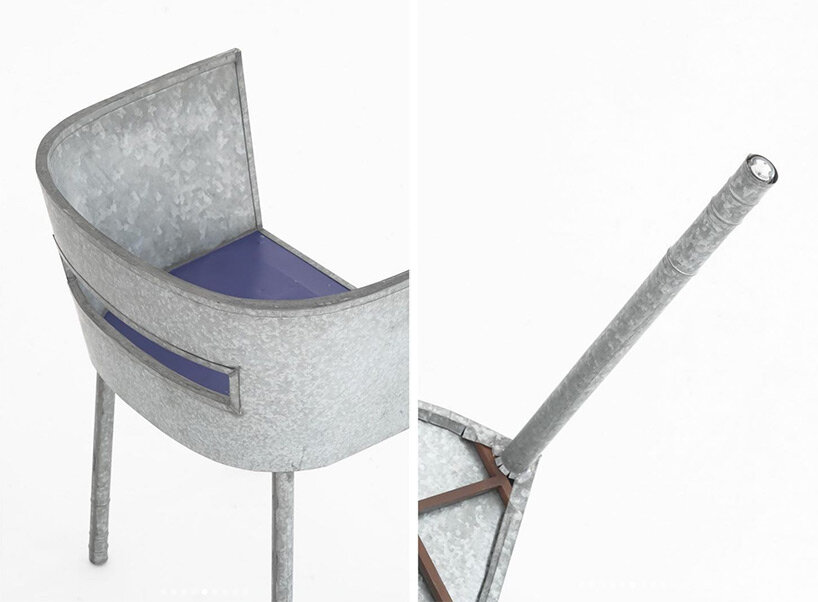
chair no 31, 1991
‘comme des garçons furniture can come to its true essence when placed in an environment that is not too pretentious,’ kawakubo says. ‘one can enjoy them better when they are placed in, for instance, an entrance hall or hallway where there exists no constraint.’
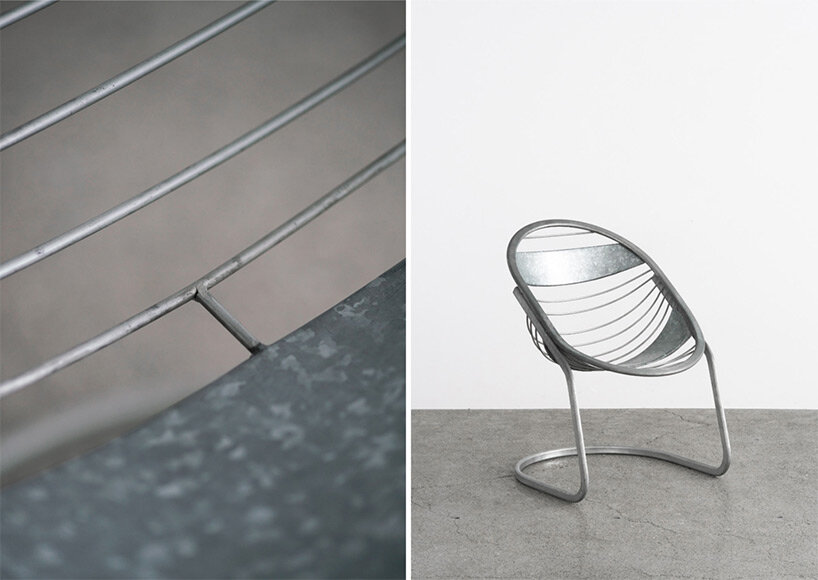
chair no 35, 1991
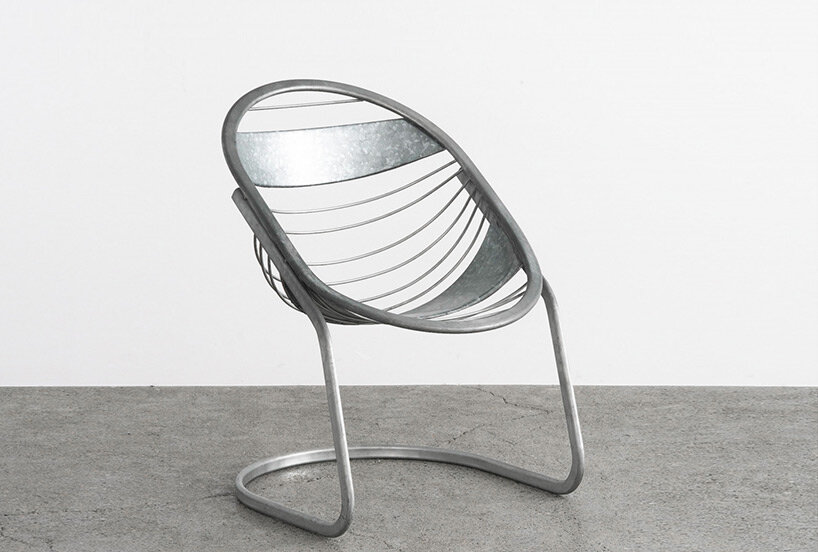
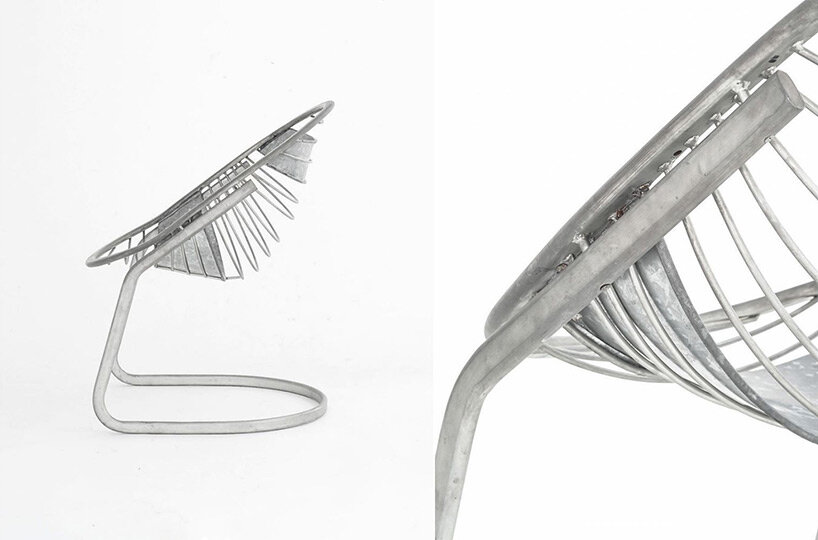
chair no 35, 1991
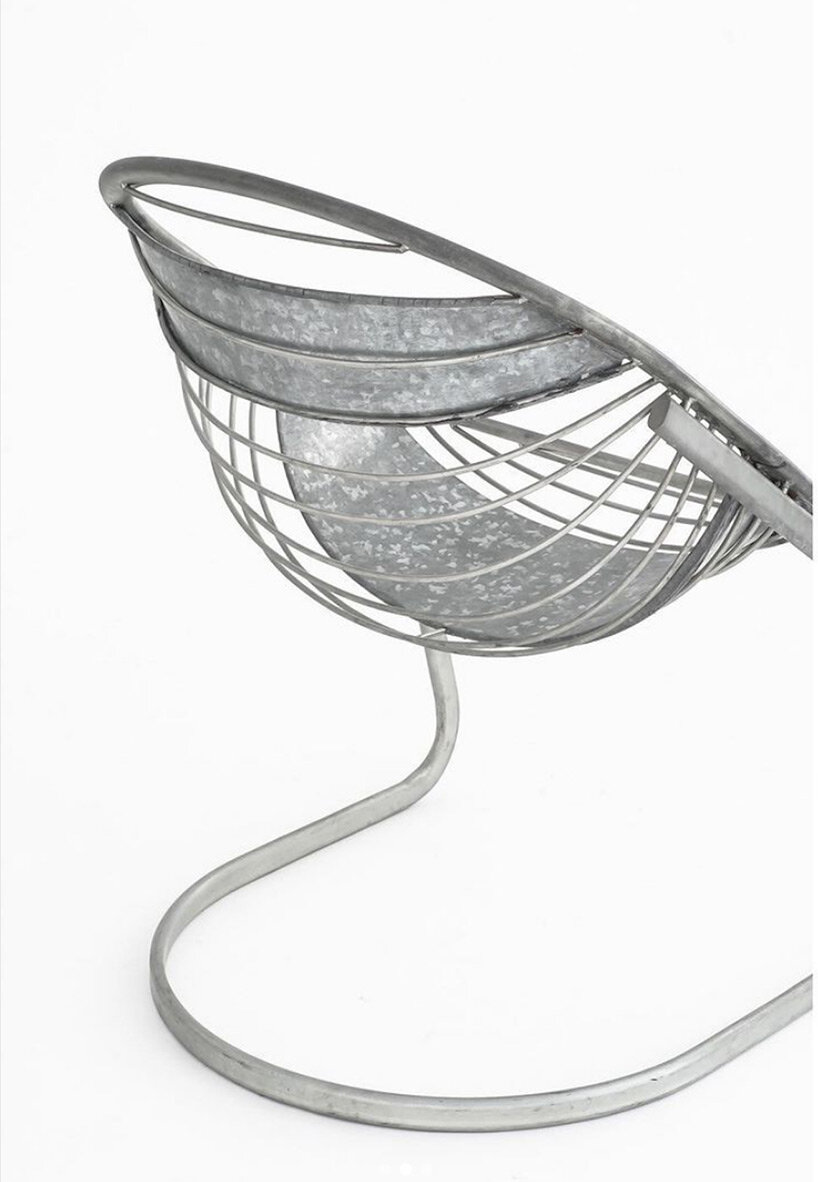
chair no 35, 1991
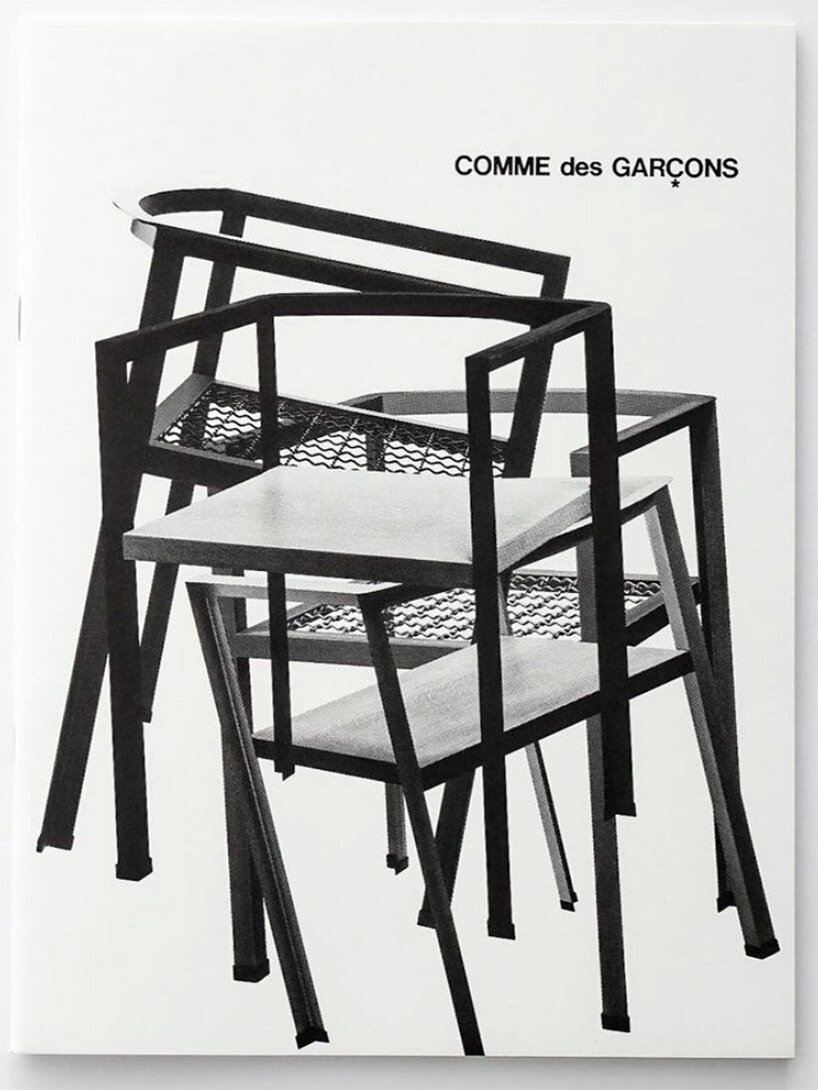
comme des garcon furniture catalogue, front cover with its impossibly stacked chairs
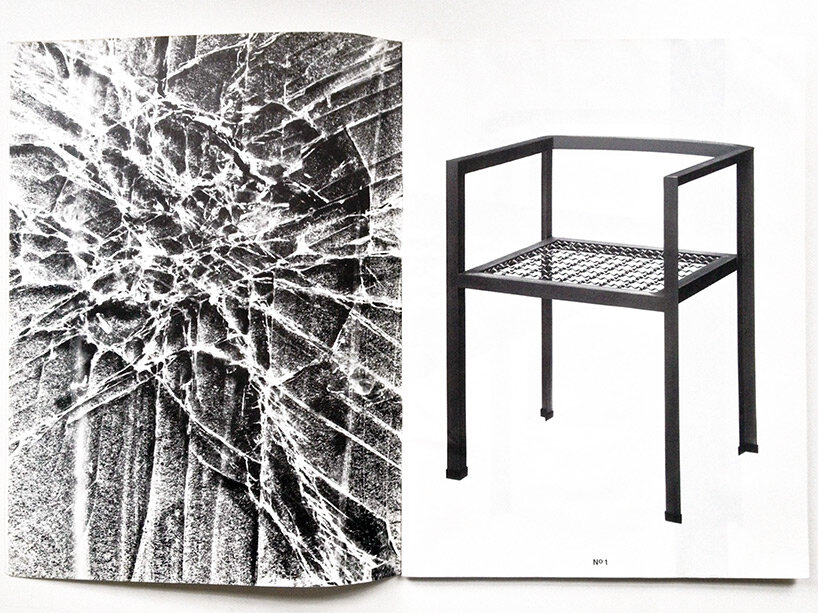
no 01 chair for pallucco, 1983
chair no 01 shows a wire mesh seat and is perhaps best described as ‘unforgiving’ – but that didn’t stop it being put into production by pallucco.
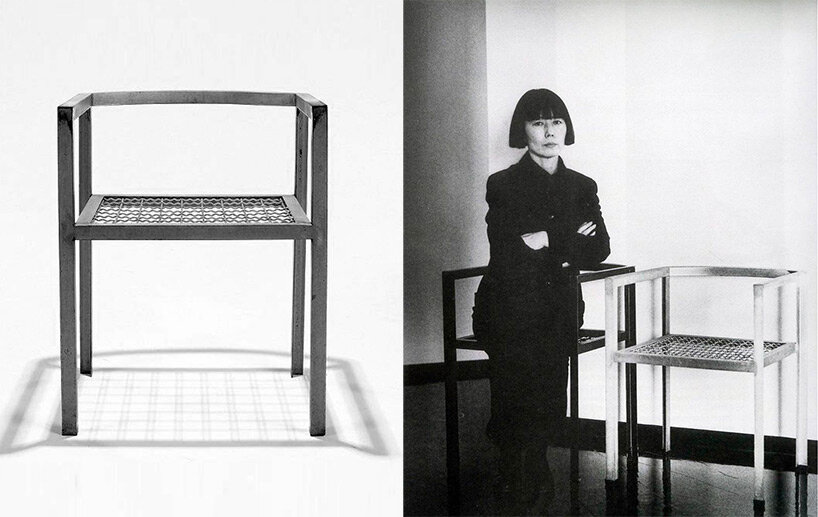
no 01 chair and rei kawakubo in 1983
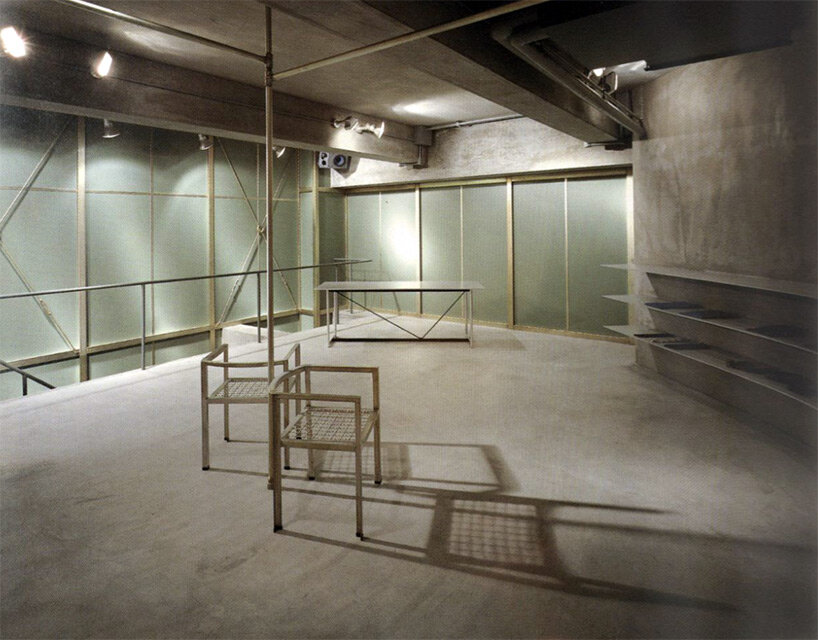
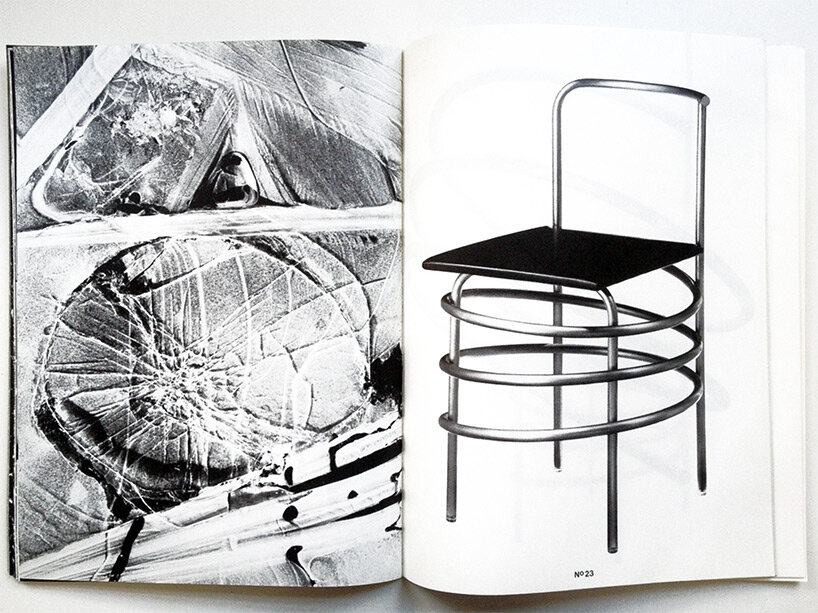
the chair designs in the catalogue are placed next to natural, unfinished and broken details, here shown no 23 spiral chair, 1989
